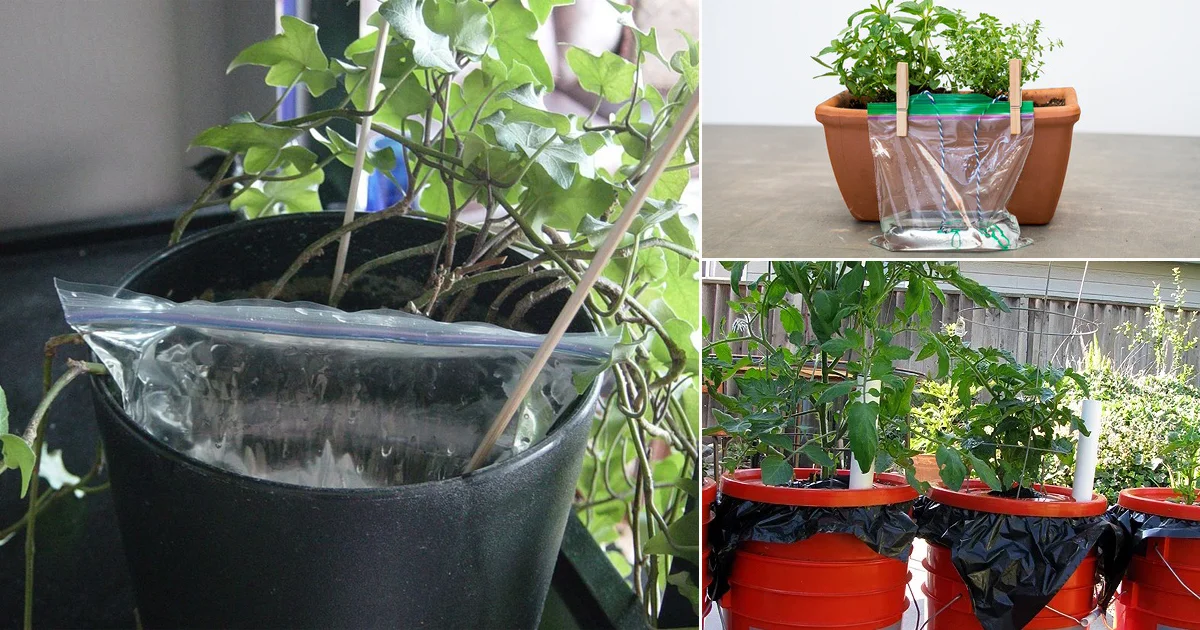Introduction:
Greetings to all! In today’s guide, we will explore a fascinating method that utilizes a simple plastic bottle to create a self-watering system for your plants. This ingenious hack ensures your plants stay hydrated without the constant need for manual watering. Whether you’re planning a vacation or simply want to minimize the hassle of regular watering, this technique offers a cost-effective and efficient solution.
Step 1: Gather the Materials
To begin, you’ll need a plastic bottle, preferably at least 10 cm in length, and a half-filled larger bottle to act as a reservoir. The bigger the reservoir, the more autonomy your watering system will have over time.
Step 2: Assembling the Watering Device
Take the smaller bottle and cut off one end to create a funnel. This will be the upper part of the device that remains above the soil. Secure the funnel around the larger bottle, leaving about 10 cm above the bottle’s neck. Use twine or string to firmly attach the funnel to the bottle, ensuring stability.
Step 3: Creating the Capillary Action
Immerse the assembly in water for approximately two minutes, allowing the soil to absorb moisture. Subsequently, fill a standard glass with tap water and pour it into the larger bottle, soaking the soil through the funnel. This step ensures capillary action, where water travels from the reservoir to the roots of the plant.
Step 4: Finalizing the System
Attach the funnel and bottle to the plant’s base, making sure the distance between the bottle neck and the funnel is as short as possible. This ensures efficient water transfer. To prevent direct contact between the roots and water, place a vase or similar container inside the bottle.
Step 5: Observing Results
Monitor the effectiveness of your self-watering system by checking the moisture level in the soil. The capillary action should facilitate the slow release of water to the plant’s roots. Adjust the size of the reservoir based on your plant’s water needs, and consider using larger containers for extended periods of absence.
Conclusion:
In conclusion, this DIY self-watering system provides a practical and economical solution for plant care. While the technique is generally effective, it’s advisable to experiment and adapt it based on factors such as soil absorbency, sunlight exposure, and plant type. By implementing this innovative method, you can enjoy a worry-free approach to plant maintenance. Give it a try, and share your experience in the comments below.

